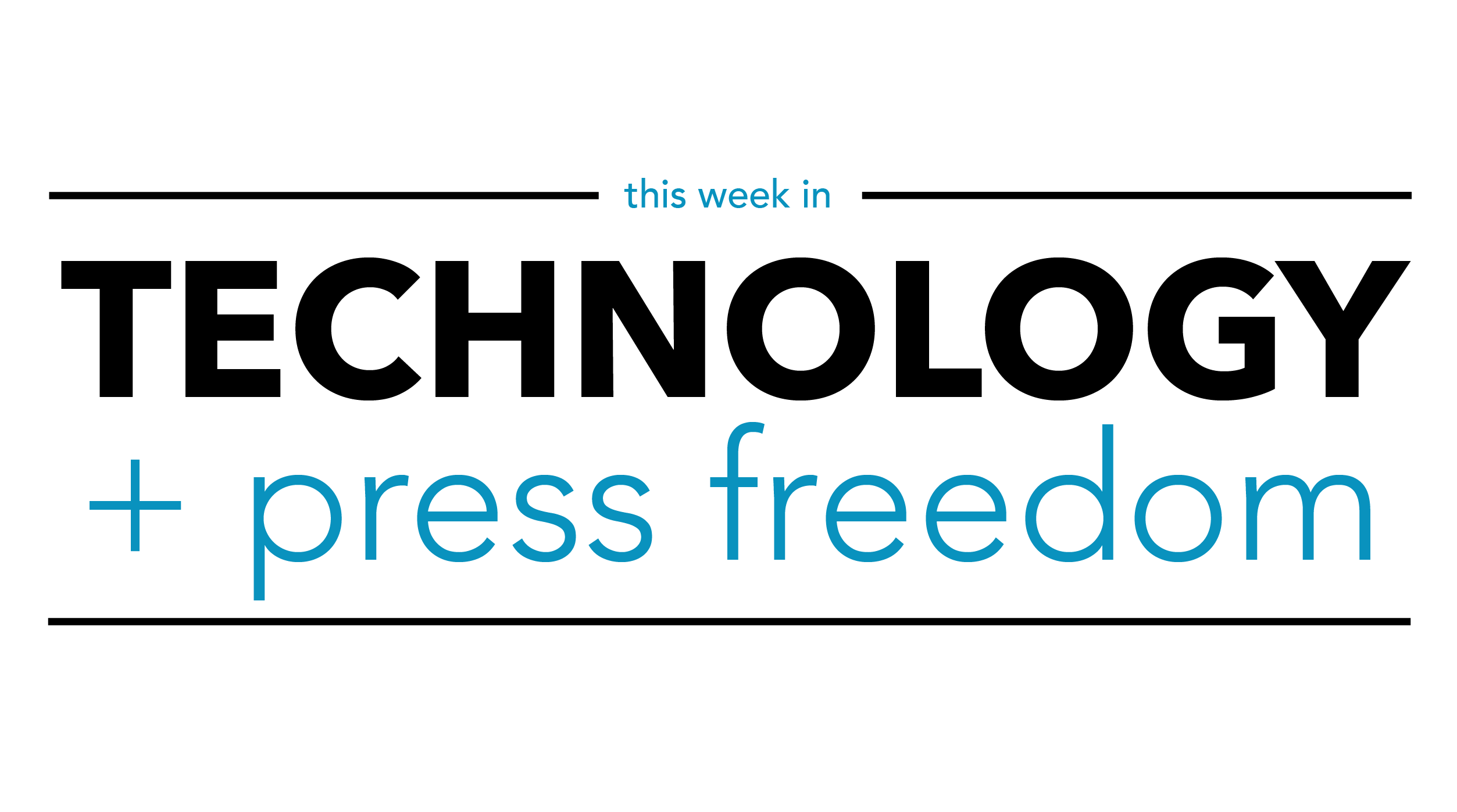Louisiana police use of drones to surveil protesters could implicate newsgathering rights

Louisiana State Police deployed surveillance drones for hours-long flights during protests in New Orleans and Baton Rouge after the killing of George Floyd in 2020, according to reporting from local New Orleans outlet The Lens.
Recently obtained flight logs show that state police flew an unmanned aerial drone over protesters in New Orleans for one flight lasting five hours starting at 5 p.m., and another flight for two hours with no clear starting time. The Baton Rouge flight lasted four hours. All occurred on June 3, 2020, the same day that law enforcement used tear gas on protesters attempting to cross the Crescent City Connection bridge.
This is one of several reports of law enforcement using aerial drones to monitor the recent protests. Many previous reports, however, focused on federal authorities, including the Department of Homeland Security deploying drones in 15 cities as demonstrations protesting Floyd’s death rippled across the country in the summer of 2020.
The use of surveillance drones at protests, particularly surveillance over an extended period and that is not limited to tracking unlawful activity, can raise profound First Amendment concerns, for protesters and the press alike.
As readers of this newsletter know well, long-term, persistent location surveillance can impair newsgathering and pierce source confidentiality. For that reason, the Reporters Committee recommends that surveillance technologies, such as cell-site simulators, be carefully controlled through impact and use policies.
Readers of this newsletter will also remember a recent case asking the U.S. Supreme Court to review the constitutionality of warrantless long-term pole camera surveillance. In a friend-of-the-court brief, the Reporters Committee argued that a warrant requirement is essential for persistent, long-term surveillance of that sort, and highlighted the history of authorities using physical surveillance of reporters to identify their sources.
While the use of investigative tools like drones may be appropriate if individuals are engaged in criminal activity, their use to monitor lawful conduct — including newsgathering activity — must be carefully controlled. We’ll be following this and similar stories.
Like what you’ve read? Sign up to get the full This Week in Technology + Press Freedom newsletter delivered straight to your inbox!
The Technology and Press Freedom Project at the Reporters Committee for Freedom of the Press uses integrated advocacy — combining the law, policy analysis, and public education — to defend and promote press rights on issues at the intersection of technology and press freedom, such as reporter-source confidentiality protections, electronic surveillance law and policy, and content regulation online and in other media. TPFP is directed by Reporters Committee attorney Gabe Rottman. He works with Stanton Foundation National Security/Free Press Legal Fellow Grayson Clary and Technology and Press Freedom Project Legal Fellow Gillian Vernick.